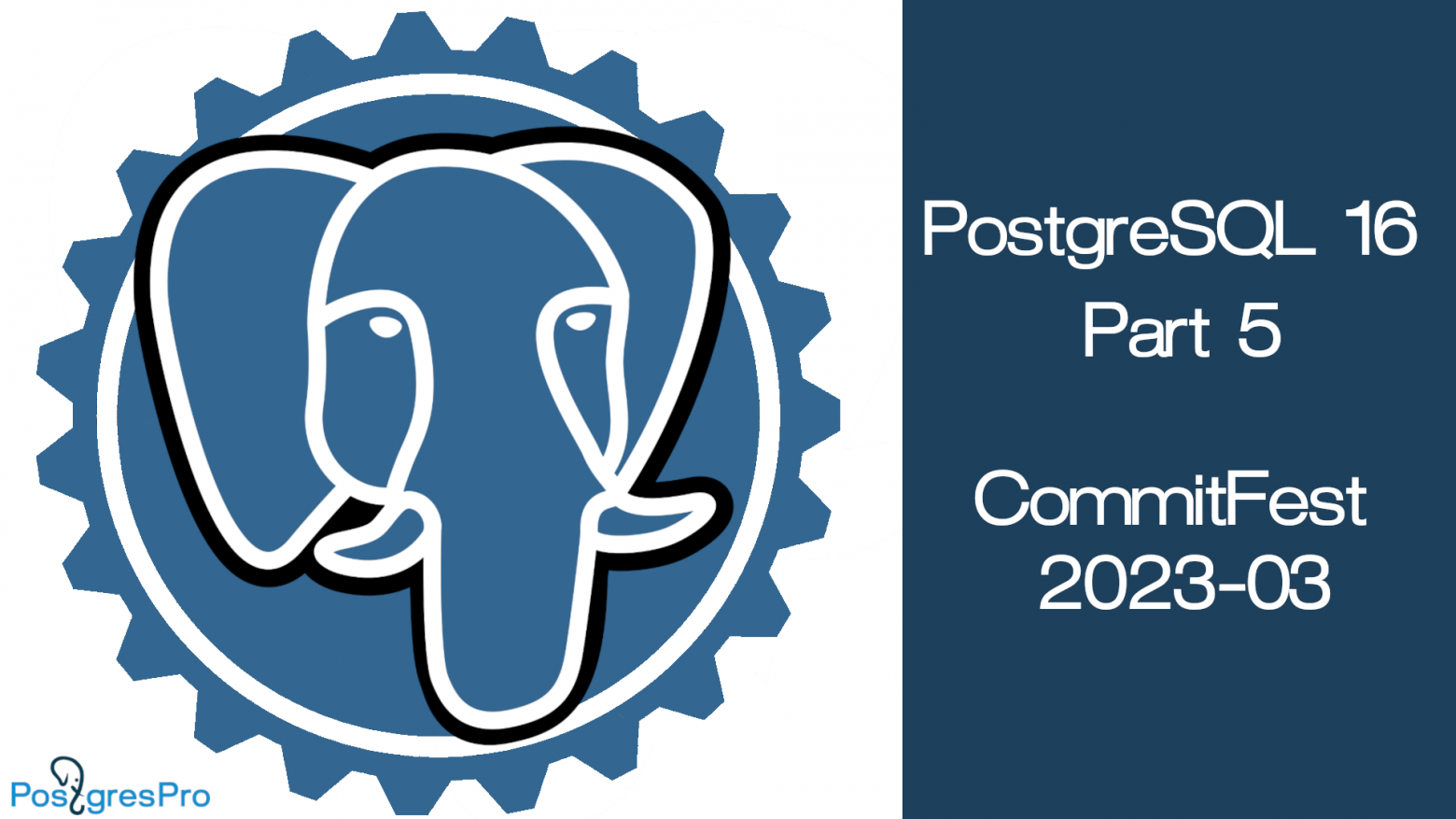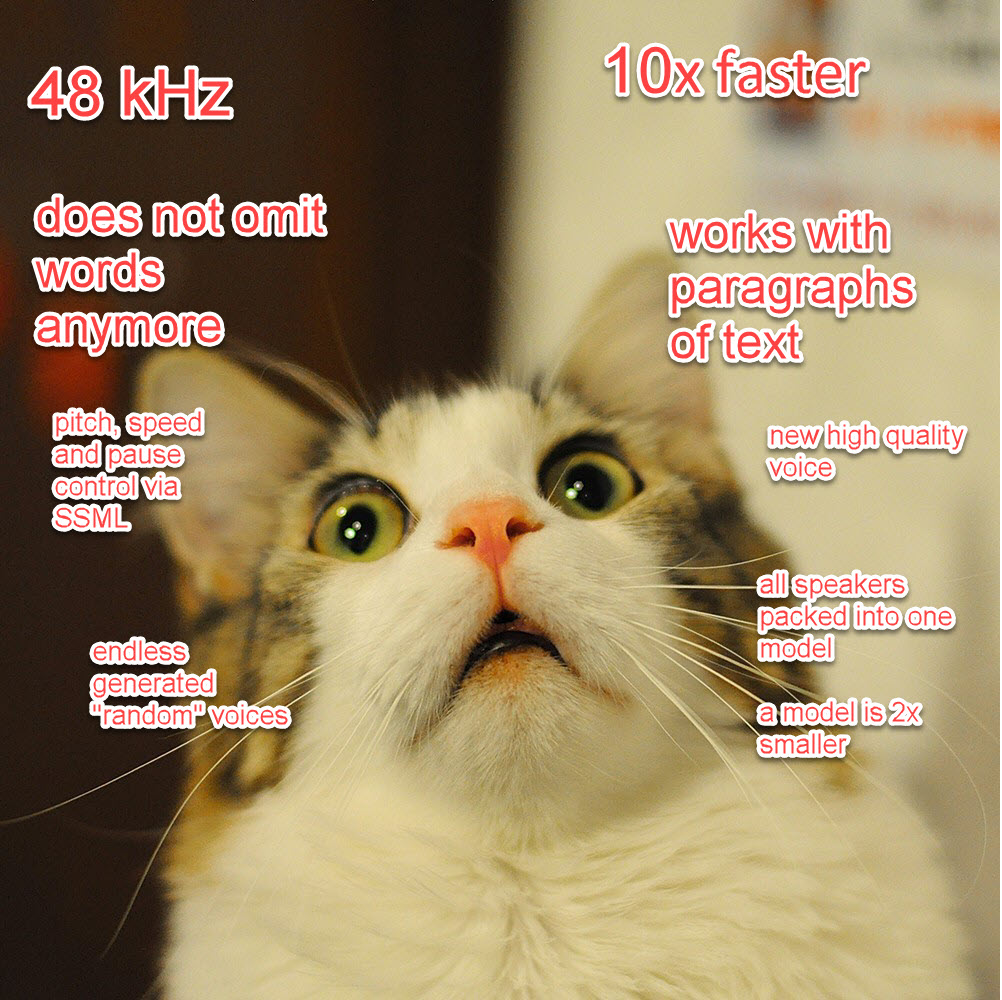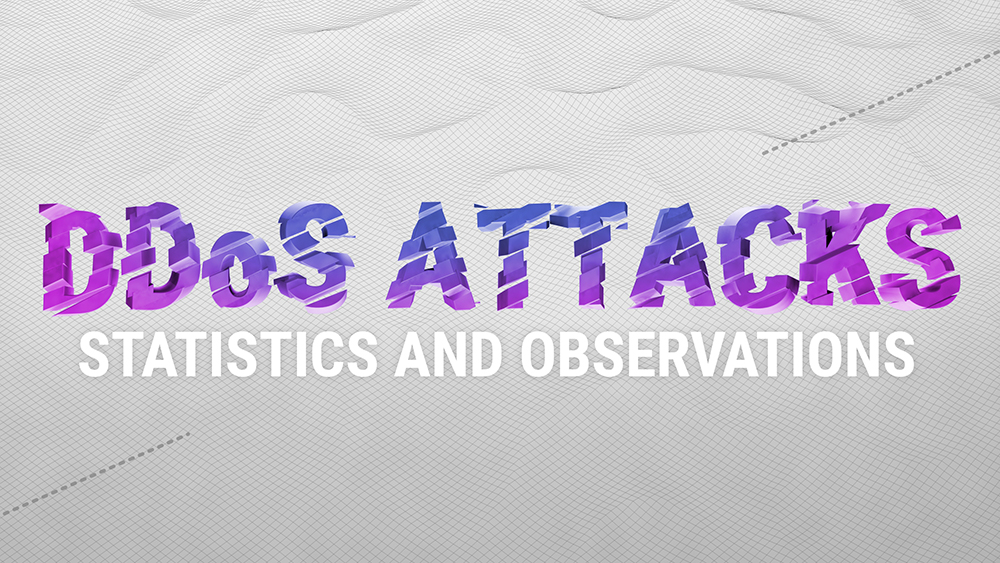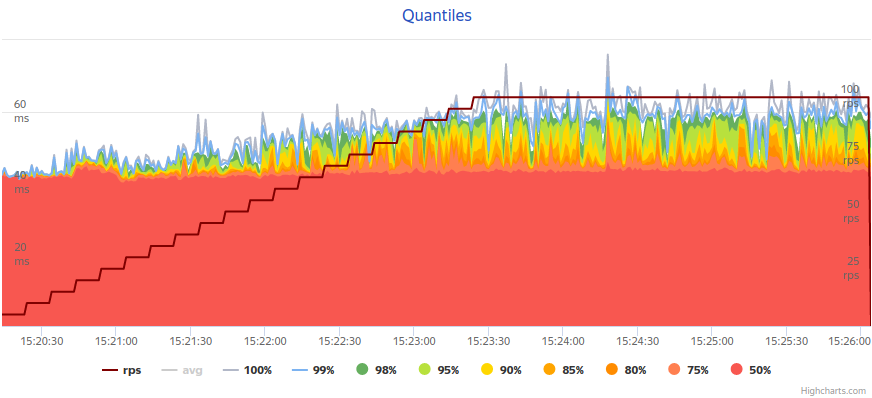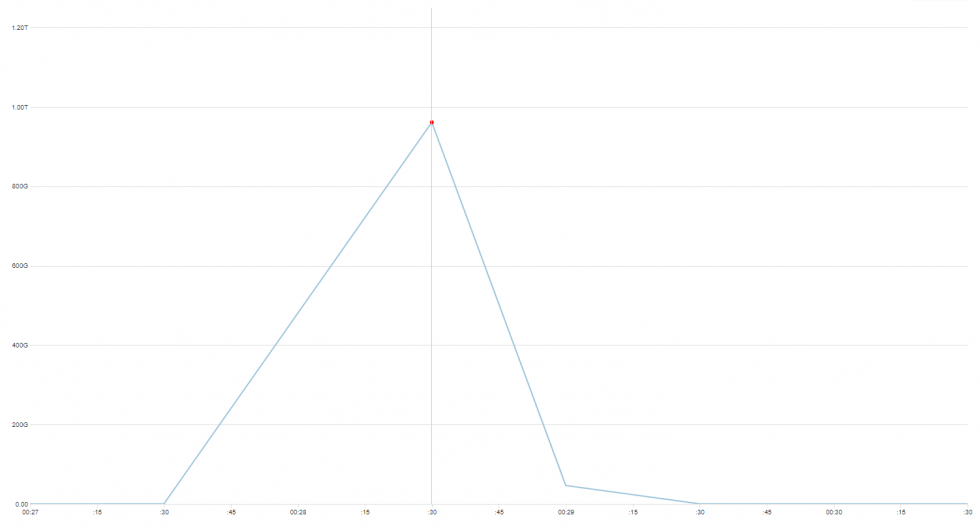Autism spectrum disorders and a career in IT: personal experience

I'm stunned by the illogicality of others, and they are stunned by the fact that I'm a robot." This phrase perfectly describes the peculiarities of my interaction with the world around me. I'm like this robot. Or an alien. I can only guess how the other people see me. But now I know for sure that others consider me at least strange. The feeling is mutual. Many actions of people around me seem completely irrational and illogical to me.
For a long time, this baffled me. I didn't understand what was going on, and considered myself a deep introvert, a withdrawn, gloomy dude who did not understand people and their feelings at all. I kept wondering what was wrong with me…








